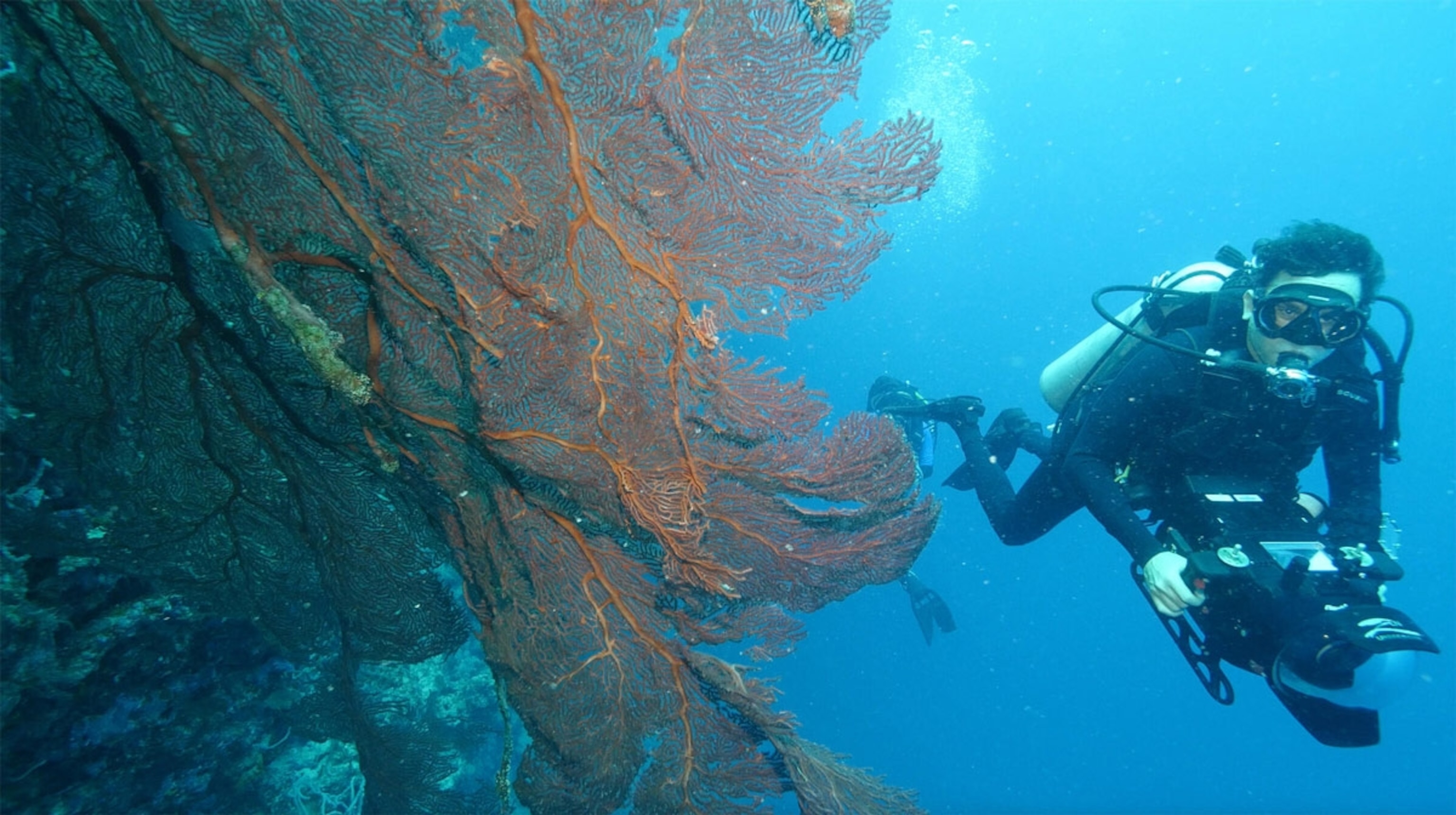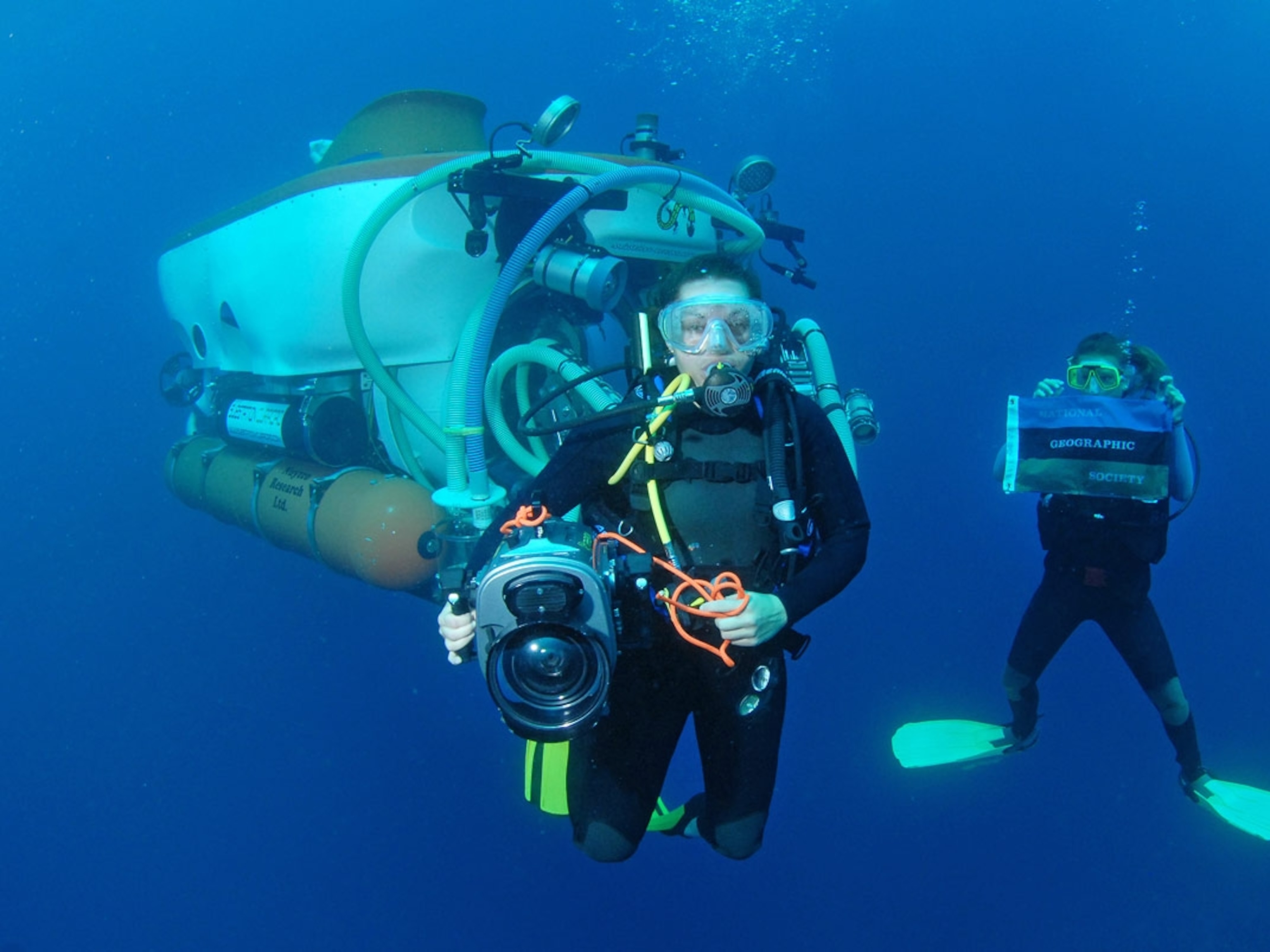
Raising an Explorer: David Gruber
The National Geographic Explorer, marine biologist, underwater photographer, and inventor gives his tips on inspiring children to explore.
NATIONAL GEOGRAPHIC FAMILY: How did you explore as a child?

DAVID GRUBER: I loved to look at ant communities outside my house. I would stare at them for hours and watch how they interact and collaborate. I found this whole other world, just by looking under the grass or lifting up a rock. It was amazing to see such small yet complicated and sophisticated life. I spent a lot of time alone, and I think that was important because sometimes you don’t feel alone when you’re with those other animals.
NGF: Why do you think it's important for children to explore?
GRUBER: Exploring is in all children’s nature! It’s our way in which we learn about the world and try things. Children explore to learn language, how to walk and climb, and how things taste and feel. It’s also important to learn about our world and the other species that live in it.
Gruber’s tips on inspiring children to explore
Find the right tools. Learn together about something in nature, then go out and try to find it. You can ask kids, “What tools will we use?” The eyeball is the best scientific tool that we have for observing. But we can bring binoculars to enhance the eyeball. And there’s our sense of hearing. With a lot of bird observations, you aren’t even looking, you’re just listening to their calls. Try to make it as multisensory as possible.
Hold still. When I teach tropical field ecology classes, I often take students into the forest and have them stay in one place for about 30 minutes. The exercise is to record every observation they make—the sounds, the plants, the animals, etc.
Be quiet. Ask kids, “How do we explore while being as invisible as we can?” It’s the same way I’m thinking when I’m observing whales. If I make a lot of noise, I’ll be disrupting their behavior and I won’t learn as much. So children need to learn to disturb things as little as possible. Even if we pick up a rock or an animal, we make sure to put it right back.
Explore a little at a time. At first it could be an hour walk, then a two-hour walk, then a night in a tent, then two nights in a tent. Each time, we go a little bit further than the previous time.




